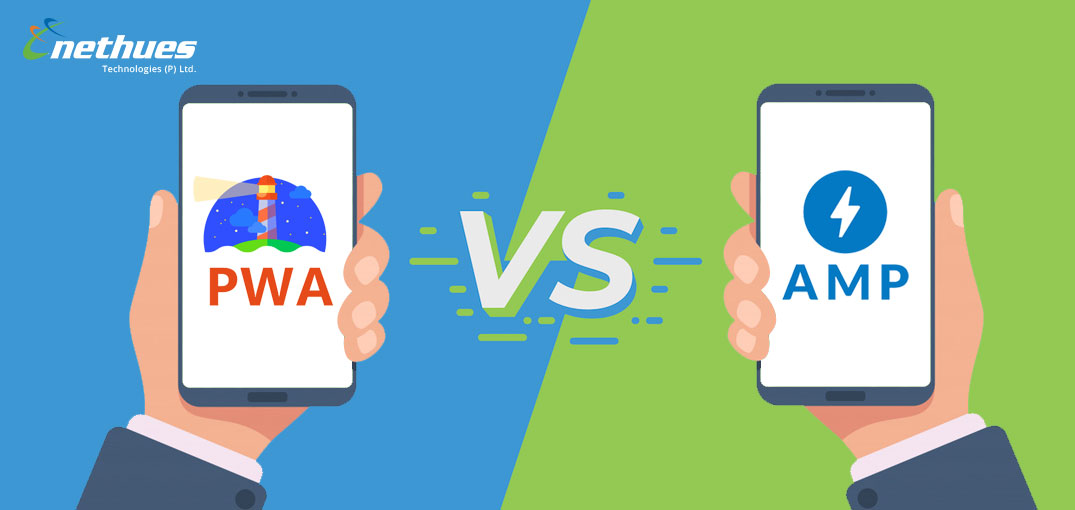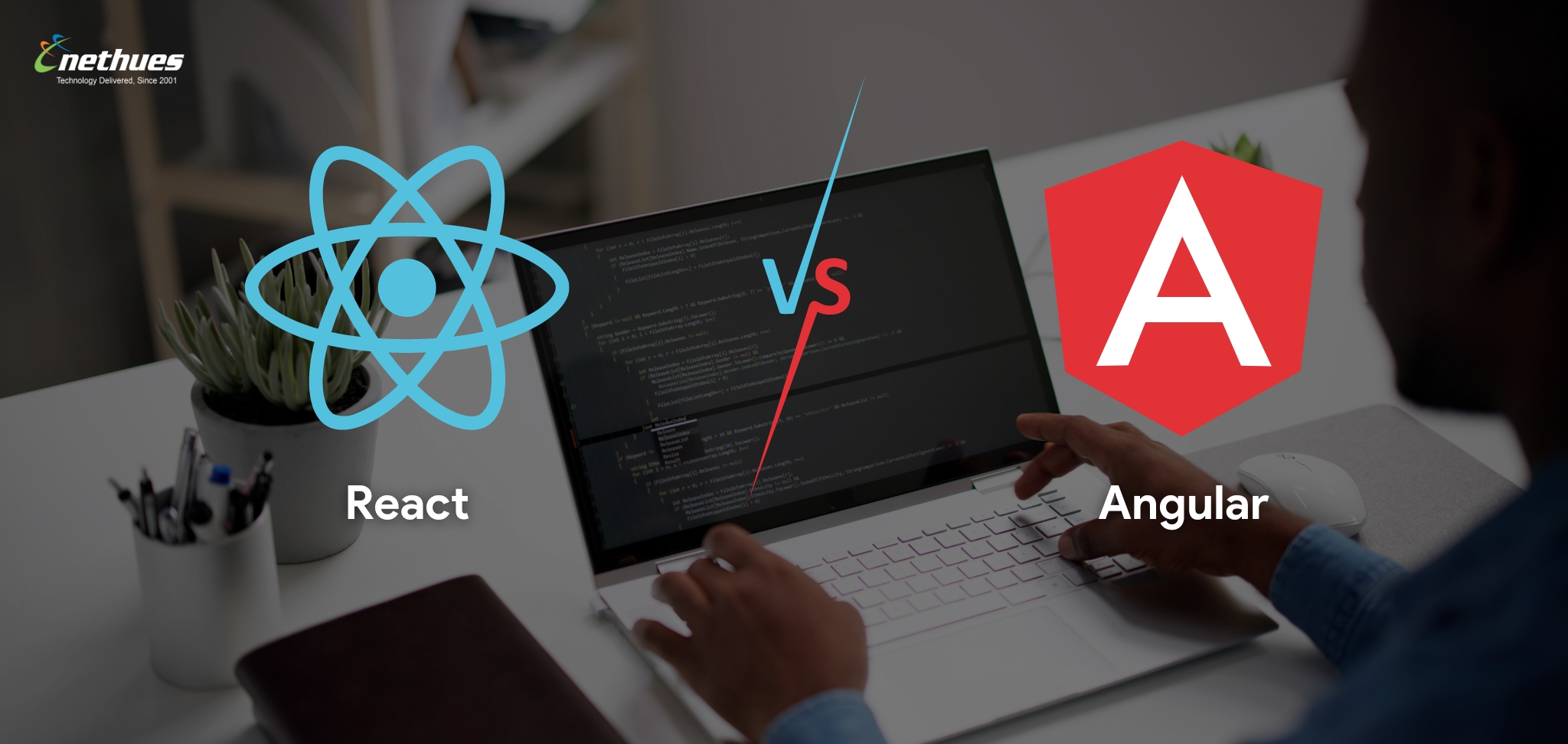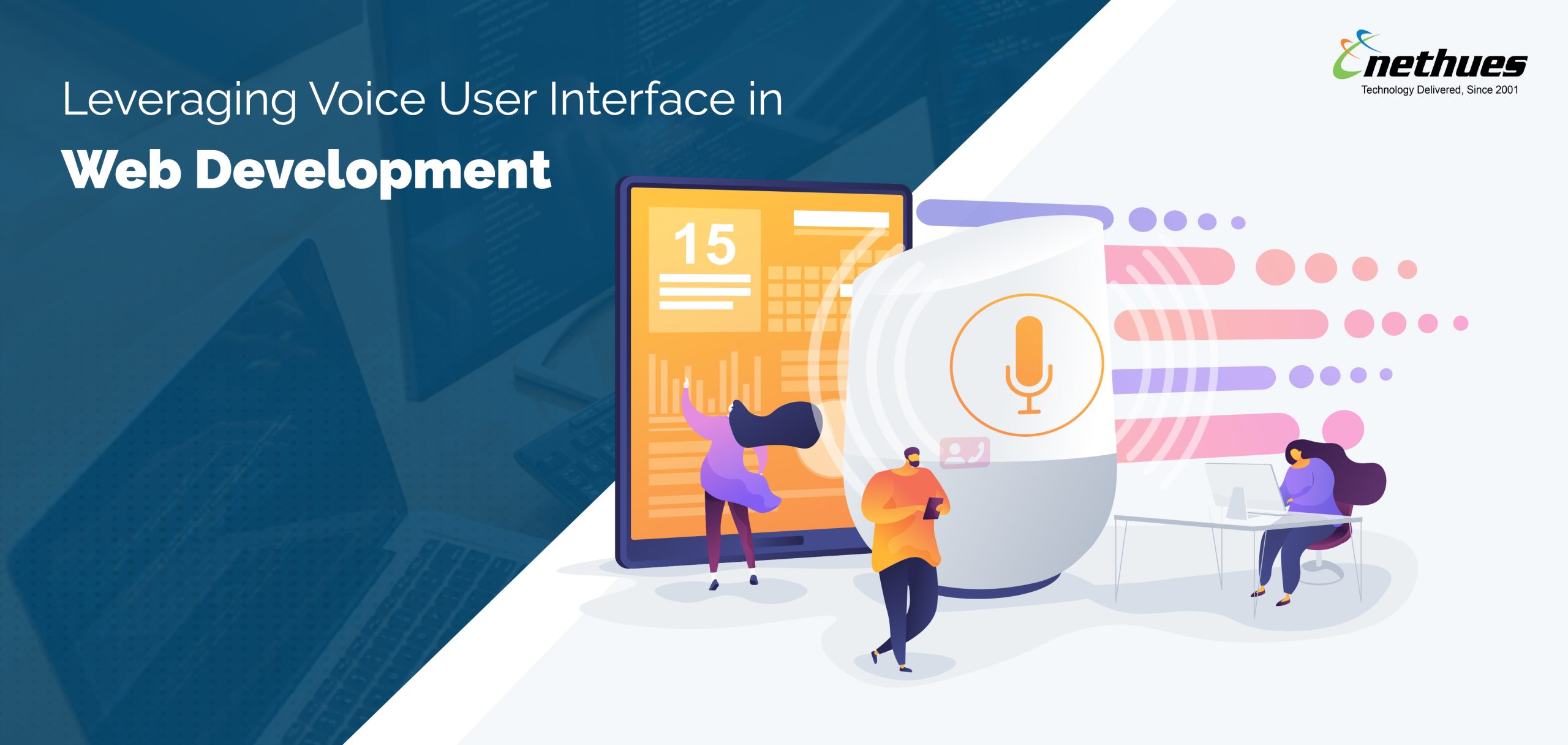There is no wonder in the accelerated growth of mobile users which is tremendously transforming industries and their marketing strategies. This, in turn, opens endless opportunities for businesses, which, however, are promptly challenged by a tremendous number of competitors in the mobile software market.
Now since the unprecedented growth of smartphones has completely outpaced desktop, companies are making every possible effort to make their business mobile-friendly. And the most important first and foremost essential criteria for a mobile-friendly webpage is – faster page browsing. It has everything to do with your existence because a low page load time can drastically affect business revenue.
Unfortunately, with the cornucopia of streamlined content including videos, images, gifs, and other files; the size of web pages has grown and so has the page load time. Besides that, if you are handling mobile web, desktop web, native iOS apps, native Android apps, etc., the complexity around the code ends up killing the efficiency making users pay the ultimate price of your convenience.
Fortunately, in the wake of such issues, Google introduced Accelerated Mobile Pages and Progressive Web Apps to deliver a faster, richer and immersive mobile experience. Without a surprise, several business leaders are confused between the two and as a result, aren’t able to set clear expectations from the app development process.
Once the leaders understand the difference between PWA and AMP, we believe they would be able to make informed decisions based on their requirements, which will ultimately help them achieve their business objectives.
Keep reading if you are one of them because this article is meant to eliminate all the confusions and leave you with a clear answer.
Let’s get started.
An Overview: Accelerated Mobile Pages Vs Progressive Web Apps
Tech companies have recently been throwing out many things to help businesses align with consumer behavior. And since being on mobile is one of the most common consumer habits, tech companies have ensured to tap the requirements of consumers and businesses alike. Here’s a brief on what they have offered to enhance the mobile experience and reduce bounce rates.
Accelerated Mobile Pages
Integrated by Google in February 2016, AMP, a mobile-friendly web page is particularly designed to be loaded instantly. Its primarily focuses on creating faster and better user experiences of the mobile web. In other words, it is the smart way to build webpages for static content with improved page-loading performance and engagement.
Google claims that AMP attempts to improvise the performance of the mobile web through graphics, animations and videos to work alongside smart advertisements. The main objective of AMP is not how content material appears, but how fast it loads.
Pros of AMP
- Improved loading speed
- Lower bounce rate
- Increased engagement
- Boosted SEO
- Increased ad views
- Full-control the visual design
- Easily cached
- Easy to install or use
Cons of AMP
- Constrained to a few specialized functionalities
- Concentrates only on speed by omitting other content
- May affect page engagement depending on the engagement factor
Progressive Web Apps
Progressive Web Applications are nothing but web pages which look and function similarly to the native apps. They use web technologies to allow users to install web apps on their home screen, work offline and get notifications. Launched in 2015, PWA capitalizes on the efficiency of the modern browsers to act as a website yet be smart as an app. It is deployed to servers, accessible through URLs and indexed by the search engines.
Pros of PWA
- Responsive
- Enhanced SEO
- Low cost
- No update
- Less user data
- Can be added to the home screen
- Increased engagement
- Improved conversions
- Works reliably despite poor network conditions
Cons of PWA
- Platform limitations might cause re-engagement issues
- Doesn’t support cross-app logins
Choosing Between the Two
Now that you know the features of AMP and PWA, the question is: which one should you choose for your business?
Well, the reason behind the advent of both these technologies is to make mobile surfing a phenomenal experience for the users. Going by your content type, that is, static or dynamic – you may choose the suitable technology for you; nevertheless, how about changing your concept to— “starting fast and staying fast?”
Yes, you can start fast and stay fast as long as you want if you integrate AMP and PWA on your website.
- If you choose to use AMP, you will start fast because it triggers the page load in the first request itself. However, it may not guarantee a great user experience in the later part of the surfing (which affects your website’s speed).
- Contrary to AMP, if you pick PWA, you will start slow as it has service workers which trigger the page load on the second request, thereby affecting rapid entry of the users on the landing page.
But if you plan to use both, here’s how entering and staying on the website will look like:
- As soon as you find and click the content on the search page, you will be redirected to the landing page (which uses AMP) within the blink of an eye – thanks to the non-service workers. This is where you start fast.
- Once you land on the dashboard, you can experience an app-like environment which furthers smooth interaction on the web page with fast-page loading time (which uses PWA). This is where you stay fast.
So, which side are you? AMP or PWA? Or both.






